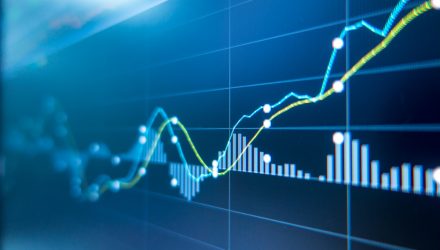In the fund industry, the management style debate usually centers around old guard actively managed fund mutual funds and passive index and ETFs.
New on the fund scene, active non-transparent ETFs (ANTs) can fill voids created by both mutual funds and traditional ETFs and there’s some evidence to suggest ANTs are combing to market at just the right time.
With more traditional mutual funds eyeing the ETF space but remaining reluctant to give up their secret sauce under the transparency of the ETF investment vehicle, many are looking into non-transparent exchange traded products as a way to combine the best of two worlds.
“U.S. investors expect actively managed ETFs to skyrocket in popularity in the next few years, surging to more than a quarter of client allocations by 2023,” reports Bloomberg. “Money managers in the world’s largest exchange-traded fund market predict the share of active products in ETF portfolios will rise to 26%, up from 19% today, according to a survey by JPMorgan Asset Management.”
Budding Rivalry
One way of looking at ANTs is that this category is new fund “technology.” ANTs represent the best of both worlds’ ideas: the advantages of active management with the liquidity and tradability of ETFs, something that long eluded the actively managed mutual fund industry.
“American respondents are more bullish on the funds than their counterparts in other regions. In Asia-Pacific, predictions are that active products will make up just 4% of allocations, while in EMEA, the figure is 21%,” according to Bloomberg. “One thing they all agree on: Passive funds will face increasing competition from both active and smart-beta strategies. The share of index-tracking ETFs globally will shrink to 61% of portfolios by 2023 from the current 69%, respondents to the survey predict.”
Integral to the success of ANTs are mechanics, such as the verified intraday indicative value (VIIV), which is calculated and disseminated every second throughout the trading day by the exchange the ANT trades on.
The VIIV is based on the current market value of the securities in the fund’s portfolio on that day. The VIIV is intended to provide investors and other market participants with a highly correlated per-share value of the underlying portfolio that can be compared to the current market price.
For more on active strategies, visit our Active ETFs Channel.
The opinions and forecasts expressed herein are solely those of Tom Lydon, and may not actually come to pass. Information on this site should not be used or construed as an offer to sell, a solicitation of an offer to buy, or a recommendation for any product.








